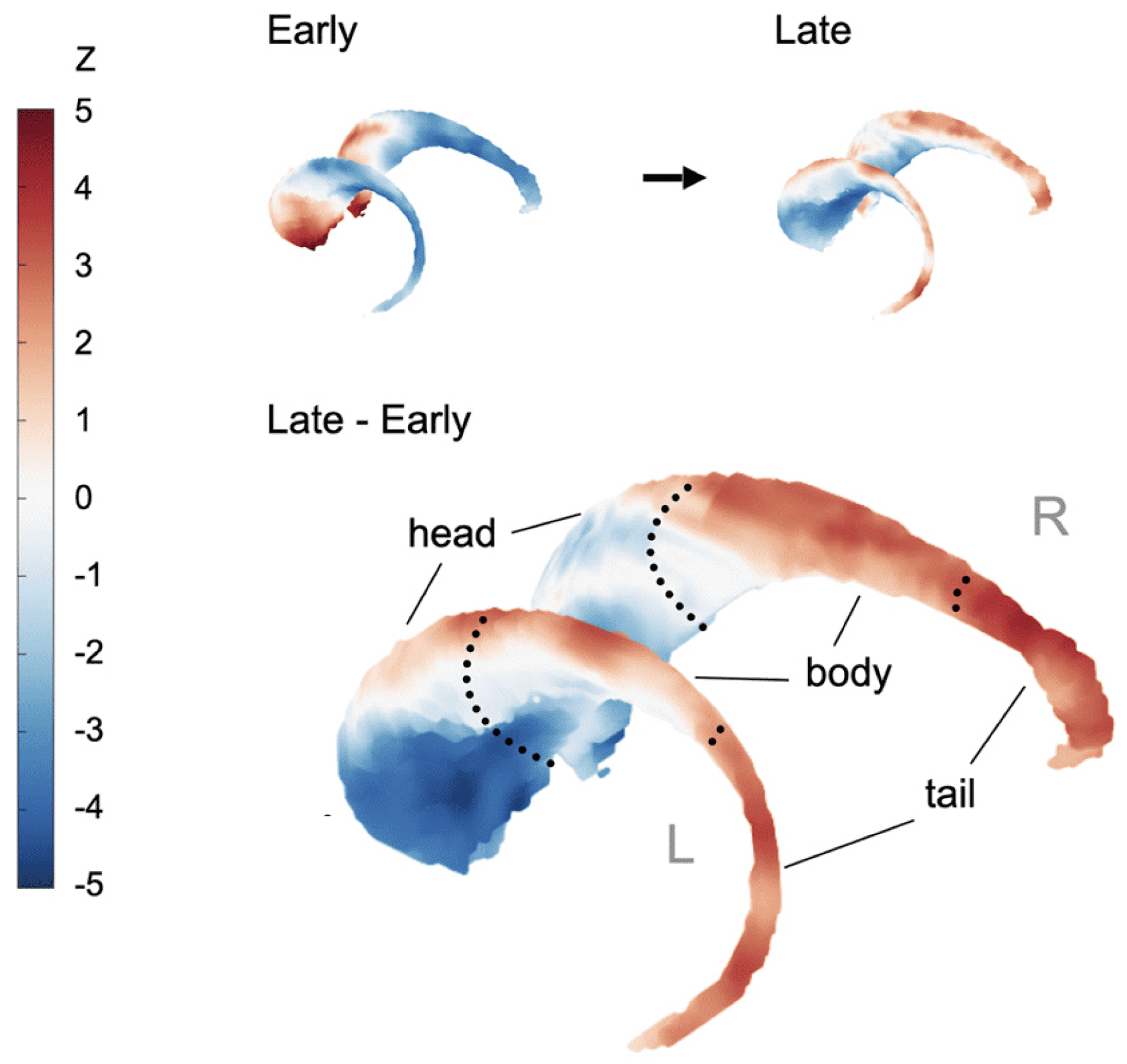주메뉴
- About IBS 연구원소개
-
Research Centers
연구단소개
- Research Outcomes
- Mathematics
- Physics
- Center for Theoretical Physics of the Universe(Particle Theory and Cosmology Group)
- Center for Theoretical Physics of the Universe(Cosmology, Gravity and Astroparticle Physics Group)
- Center for Exotic Nuclear Studies
- Center for Artificial Low Dimensional Electronic Systems
- Center for Underground Physics
- Center for Axion and Precision Physics Research
- Center for Theoretical Physics of Complex Systems
- Center for Quantum Nanoscience
- Center for Van der Waals Quantum Solids
- Chemistry
- Life Sciences
- Earth Science
- Interdisciplinary
- Institutes
- Korea Virus Research Institute
- News Center 뉴스 센터
- Career 인재초빙
- Living in Korea IBS School-UST
- IBS School 윤리경영


주메뉴
- About IBS
-
Research Centers
- Research Outcomes
- Mathematics
- Physics
- Center for Theoretical Physics of the Universe(Particle Theory and Cosmology Group)
- Center for Theoretical Physics of the Universe(Cosmology, Gravity and Astroparticle Physics Group)
- Center for Exotic Nuclear Studies
- Center for Artificial Low Dimensional Electronic Systems
- Center for Underground Physics
- Center for Axion and Precision Physics Research
- Center for Theoretical Physics of Complex Systems
- Center for Quantum Nanoscience
- Center for Van der Waals Quantum Solids
- Chemistry
- Life Sciences
- Earth Science
- Interdisciplinary
- Institutes
- Korea Virus Research Institute
- News Center
- Career
- Living in Korea
- IBS School
News Center
| Title | Using IBS as a stepping stone to pursue one’s dreams! | ||||
|---|---|---|---|---|---|
| Name | 전체관리자 | Registration Date | 2022-05-26 | Hits | 660 |
| att. |
 img.png
img.png
|
||||
Using IBS as a stepping stone to pursue one’s dreams!Regardless of the field, scientists today seek a suitable ‘research environment’ to continue stable research. This is because the environment mostly determines whether research can be continued or not. Therefore, many Korean basic scientists leave for research institutes in advanced countries that have relatively better research environments. However, even in this atmosphere, there are ‘young scientists’ who chose IBS at an important point in their research career and then went on to become independent researchers in their respective positions. We met them in person and asked about ‘IBS’ as a research institute. Basic science discovers and understands new phenomena in nature, contributing to a reservoir of human knowledge. Its value can only be proven when innovation accidentally occurs based on stacks of research with substantial investment of time, effort, and funding, which does not necessarily promise returns. Some ten years ago, when the Institute for Basic Science (IBS) opened, much support went to applied research aiming at quick results on top of knowledge and technology learnt from developed countries. This tendency propagated a lack of understanding of the need for basic science. Raising public awareness of its importance was a challenge. What is more, academia itself seemed to give short shrift to researchers who conducted research at domestic institutes, not foreign ones. IBS Research met two researchers who had opted for the IBS to start their research careers and then move to other places for further research. A scientist who became obsessed with the sophisticated nature of ‘nanoparticles’Entering the office of Dr. KIM Byung Hyo, a big poster on the wall caught visitors’ attention. It was a 3D rendering image of platinum nanoparticles that was featured on the April 2020 cover of the journal Science. He was one of the researchers at the IBS Center for Nanoparticle Research that conducted the study in collaboration with the Lawrence Berkeley National Laboratory in the U.S. and the Biomedicine Discovery Institute of Monash University in Australia When asked to explain the study published in Science, he said, “The nanoparticles of platinum on the cover may all look different, but they were synthesized in the same batch under the same conditions. In the past, because the structure of nanoparticles could not be observed, there was speculation that all the particles had the same structure. However, we found that was not the case when we observed and took images of the three-dimensional atomic arrangement of platinum nanoparticles by electron microscopy. This was possible because we had developed a new analytic technique to observe particle structures with a precision of 0.02 nm using electron microscopy. The technique enabled us to confirm that nanoparticles produced in a single batch exhibit differences in their atomic arrangement and structure. We were able to actually see subtle differences for the first time in the structures and surfaces of nanoparticles, which had long been presumed.” The study visually demonstrated not only atoms of nanoparticles in three dimensions but also different structures of platinum nanoparticles, and this attracted a great deal of interest in the research community around the world. Dr. Kim said, “Even just a decade ago, focus was on the research into synthesizing nanoparticles. The next phase was to discover novel properties of nanoparticles and then develop the applications of the newly-found properties. I was in the doctoral program in 2012 when the focus of nanoparticle studies was moving away from investigating the particles’ specific properties toward their application. It was at that time that the efforts to apply nanoparticles in biotechnology got bogged down due to problems of biotoxicity. The IBS Center for Nanomaterials was established at that critical juncture. Most of the researchers, by that time, strove to study the application of nanoparticles even though they had studied the synthesis of the nanoparticles. We were able to conduct research out of the box thanks to the strengths specific to the IBS research centers, and we produced great outputs.”
(Former Research Fellow at IBS Center for Nanoparticle Research)
Dr. Kim published 15 papers in just four years, and all of them were accepted in SCI indexed journals. He worked as an IBS Research Fellow from September 2016 to December 2018 and from March 2020 to August 2020—a total of 34 months. His break was for work in another research project. Seven of his papers were published in world-renowned journals such as Science, the Journal of the American Chemical Society (JACS), and Advanced Materials, and he was the lead author in each of them.
The secret of creative research, collaboration and immersionWhen asked what he thinks the greatest strength of the IBS research centers is, Kim answered without hesitation that it is first and foremost collaboration. “An IBS research center has the scale of several labs of other research institutes coming under the same roof, and this allowed me to conduct interdisciplinary research with researchers in multiple areas. This is the greatest strength of the IBS research centers. For example, when analyzing the growth process of nanoparticles and its mechanisms, you may want to both investigate them electrochemically and change the atomic arrangements on the surface of catalysts in a subtle way. However, you cannot do all these things alone. Such an attempt might have been thwarted at an ordinary research lab, but I could do it at the IBS research center, clearing a series of obstacles one by one along the research process.” said Dr. Kim. Kim said that his time at the IBS as a postdoctoral researcher was rewarding. He went on to say, “I think the postdoctoral period is a necessary training process for a future independent research career. I spent my early days at the Center when Director HYEON Taeghwan led the Center for Nanoparticle Research. I have tremendous respect for Director HYEON. He always emphasizes that researchers should be prepared to work with their juniors. Looking back, I was able to get much of the training as a researcher at the IBS before acquiring my professorship. I could go through all the necessary stages from such basic training as solving problems and writing papers to researching and interacting with junior researchers and how to teach and get along with students. I also learned how to sketch a research project as an initial step, set its direction, and what role I should play as a research leader. Thanks to such intensive training in phases, I was able to minimize trial and error as a new member of the faculty.” Still, it seems that those who do postdoctoral research in Korea are not generally welcome in academia. There are even some extreme caseswhere domestic postdocs are considered failed researchers. There is widespread concern that a domestic postdoctoral researcher will have a hard time obtaining a professorship due to such bias. Kim became a professor at Soongsil University early this year even though much of his research career experience was in Korea except for about two years of his postdoctoral research in chemical engineering at the University of Texas. When asked how he overcame the bias against domestic postdocs, he said, “In fact, most of the competitive postdocs are in the U.S. where doctoral course students get research training before they conduct their own research. It is no exaggeration to say that a considerable portion of research produced in the U.S. is done by postdocs. Korean postdoctoral research programs may not give you any advantage in obtaining a professorship as compared to overseas ones. Therefore, if researchers consider doing postdoctoral research at home, they have to find a research environment similar to that of the U.S. Also, before making a decision, I advise them to thoroughly consider whether the program offers enough research funding and colleagues to conduct research with.” He added, “University research centers except for government-funded research institutes tend to center around students. At the IBS research centers, on the other hand, postdocs play significant roles in research projects. You can find a solution to any question or problem right there and pursue a long-term project, which is another advantage of doing postdoctoral program at the IBS research centers.” “I am not saying that there is no disadvantage, though. In the case of the IBS, getting other support is difficult, if not impossible, because the government gives it large grants. My recommendation is that you think over whether your research is in line with the philosophy of an IBS research center director from every angle because the directors tend to have great authority over research in their respective centers,” said Kim. “Luckily, the perception in academia is gradually changing. Domestic PhDs are increasingly obtaining professorships and performing well. I think it will take about 10 more years for the turnabout in the perception to be complete, though. I also believe that there will be more good opportunities down the road as the IBS has everything that competitive research institutes overseas have to offer, such as a good research environment that can bring about synergies in a variety of research areas, state-of-the art equipment, and the best researchers.” When asked his ambition as a new professor and research, Professor Kim started by saying, “Well, that’s rather confidential, you know.” He went on to say, “For me, the IBS was just like a military academy where I learnt and got prepared for ‘actual combat.’ I was able to take steps and prepare myself to be a full-time faculty member not only producing research but also learning how to collaborate with other researchers and communicate with junior researchers. Now is the time for me to be of help to the students under my supervision. Many of them want to get jobs at companies instead of becoming researchers because research posts are rather limited. That is why I think longer and harder about what research is helpful for them to get jobs. Companies tend to want those who can start working in the field right after employment. I need to catch up with the industry trends and search for the areas that are of interest to them or which are promising. I will not be able to conduct the kinds of research projects that I did at the IBS, but I want to undertake research projects that will help students get quality jobs by making the most of what I have in the university setting.”
Connect the scattered dots to gain insightScientific knowledge may be a map created by connecting a myriad of scattered dots. Gaining new knowledge by connecting the dots requires not only depth but also breadth of experience. This may be the reason why a young scientist who explored different areas in a fairly short period time remains curious all the time. Professor KIM Sung Shin was in the first cohort of the Young Scientist Fellows of the Center for Neuroscience Imaging Research. He double-majored in chemical engineering and electrical and electronics engineering at Seoul National University in 2003, earned his MS at Duke University (attempted an MS in Korea as well), and finally obtained his PhD. in neuroscience at the University of Southern California in 2013. He decided to come back to Korea due to personal reasons in his fourth year of postdoctoral research and joined the Center for Neuroscience Imaging Research at Sungkyunkwan University, one of the IBS’ extramural research centers, in September 2017. “I majored in chemistry in college but became interested in the human brain after stumbling into medical engineering. I started researching neuroscience while studying in the U.S. Since then, I have done research at various research institutes. For example, I had been a postdoctoral researcher at the University of Chicago and Northwestern University and a visiting scholar at the Advanced Telecommunications Research Institute International in Japan and the Max Planck Institute in Germany. I served as a chief investigator (CI) at the IBS for three years after I happened to see the IBS Young Scientist Fellowship (YSF) invitation notice.” said Prof. Kim. He became a professor of cognitive science, introduced as recently as in 2021, in the Department of Intelligence Computing at Hanyang University. People might believe that Kim has not experienced any obstacles in his path so far. Weren’t there any forks in the road where he had to make a hard choice? He said, “After about four years as a postdoctoral researcher, I had some ideas about research and wanted to continue my research in a bit more stable environment. It was not easy to find a job here in Korea. After several job interviews, I came to across the IBS.” “The most appealing things about the IBS were that it had excellent facilities and apparatuses, even better than overseas research centers, and that it offered exceptionally good research funding to young scientists. The offering was attractive enough even to established researchers. My supervisor at Northwestern University jokingly asked me to find him another post. When I decided to join the IBS, it offered to a CI who does experiments KRW 300 million every year for five years (three years and then two more years depending on performance). I found the YSF program attractive in that I could conduct research on any matter that interested me. The five years seemed to go by faster than I had expected because there was pressure to produce concrete research outputs within that time frame. What is more, researcher positions at the IBS are contract-based, so researchers are hesitant to take risk in research. Many of my colleagues left for stable professorships, and attracting talents to positions at different levels was challenging, including researchers at the undergraduate and MS levels and those in doctoral programs and postdoctoral researchers. I was lucky to become a professor before the YSF program ended.”
Neuroscientist unraveling the mystery of ‘memory’It was amazing that Kim produced such good research in the area he had chosen rather late. When asked to introduce the key points of his research, he said, “I am researching human memory and learning with cutting-edge neuroscientific tools. For example, people learn various movements over their entire lives. They learn how to walk, run, play the piano, ride a bicycle, and so on in their daily lives and put them into memory. In the past, what was happening in the brain when mastering a totally new movement was not clearly understood.” “Our research team ran experiments where a participant was required to master new movements. Using functional magnetic resonance imaging (fMRI), we observed the changes that occurred during the process and found which part of the human brain is responsible for the learning. As a result of the research, we found out that the caudate nucleus, responsible for romantic interaction, reward, motivation, etc., plays a significant role in learning new movements to the point where they are habitualized. This research finding is expected to increase understanding of movement disorders stemming from such diseases as Parkinson’s and further the development of therapeutic treatments. Our research, however, did not stop there. I believed that we could help develop efficient artificial intelligence (AI) systems.” Brain research contributes to the development of treatments for brain diseases and crosses into the area of AI, accentuating the importance of ‘cooperation’ and ‘insight’ that he always emphasizes. At the IBS, you can pursue a big research subject that can only be addressed on the level of basic science because there are many large research centers. That is one of the merits of researching at the IBS. It also provides you with considerable research funding, which in turn brings together competent and competitive students and researchers to work together. The Center for Neuroscience Imaging Research, in particular, has experts in many different areas. The idea of the research that I just explained had struck me while I was talking with a researcher sitting next to me. As a researcher, it is really good and helpful to have colleagues to discuss ideas with when you suddenly come up with a specific research idea. There, a mere idea discussed over a meal among experts in different areas can be developed into a research paper published in prominent journals. That is the power of collaborative research that I always emphasize. My research area is advancing fast. I did not intend to change any research area, catching up with the trend. Somehow, I lit upon AI over the course of research, which led me to such research ideas as what influences AI has on brain research or what research is needed when AI meets neuroscience. I believed that that is the power of insight.” Prof. Kim said that he continues to study just like a graduate student as his area is in constant flux. Then, what does he expect from himself 10 years from now? “Neuroscience in the mid-19th century was not much further advanced than during classical antiquity. However, the last 150 years have seen a sea change in neuroscience with new research and technology emerging literally day after day.” He went on to say, “Widespread use of magnetic resonance imaging starting in the 1990s has helped accelerate the advancement of neuroscience. Its advances gained further momentum with emerging tools capable of dealing with massive data such as AI. If you do not read papers in the area for a couple of years, for example, you cannot catch up with the research trends. The problem will be even worse 10 years later, I guess.” “I have just started looking into this new area of AI and hope to make some contribution to it 10 years from now. I am now exploring a creative research subject that puts together AI and neuroscience, which is very interesting. As far as I know, there has not been any exchange between the two areas. I am so excited to see the two starting to converge. I believe many discoveries will be made over the next 10 years, much more than we now expect.” Prof. KIM Byung Hyo and Prof. KIM Sung Shin, in their own way, showed how important basic science is. They are living proof that the seeds that the IBS has sown over the last 10 years are now growing into robust trees that help keep Korea’s basic science strong. For the trees to take firm root and bear fruit, much interest and unsparing advice are necessary.
|
|||||
| Next | |
|---|---|
| before |
- Content Manager
- Public Relations Team : Suh, William Insang 042-878-8137
- Last Update 2023-11-28 14:20










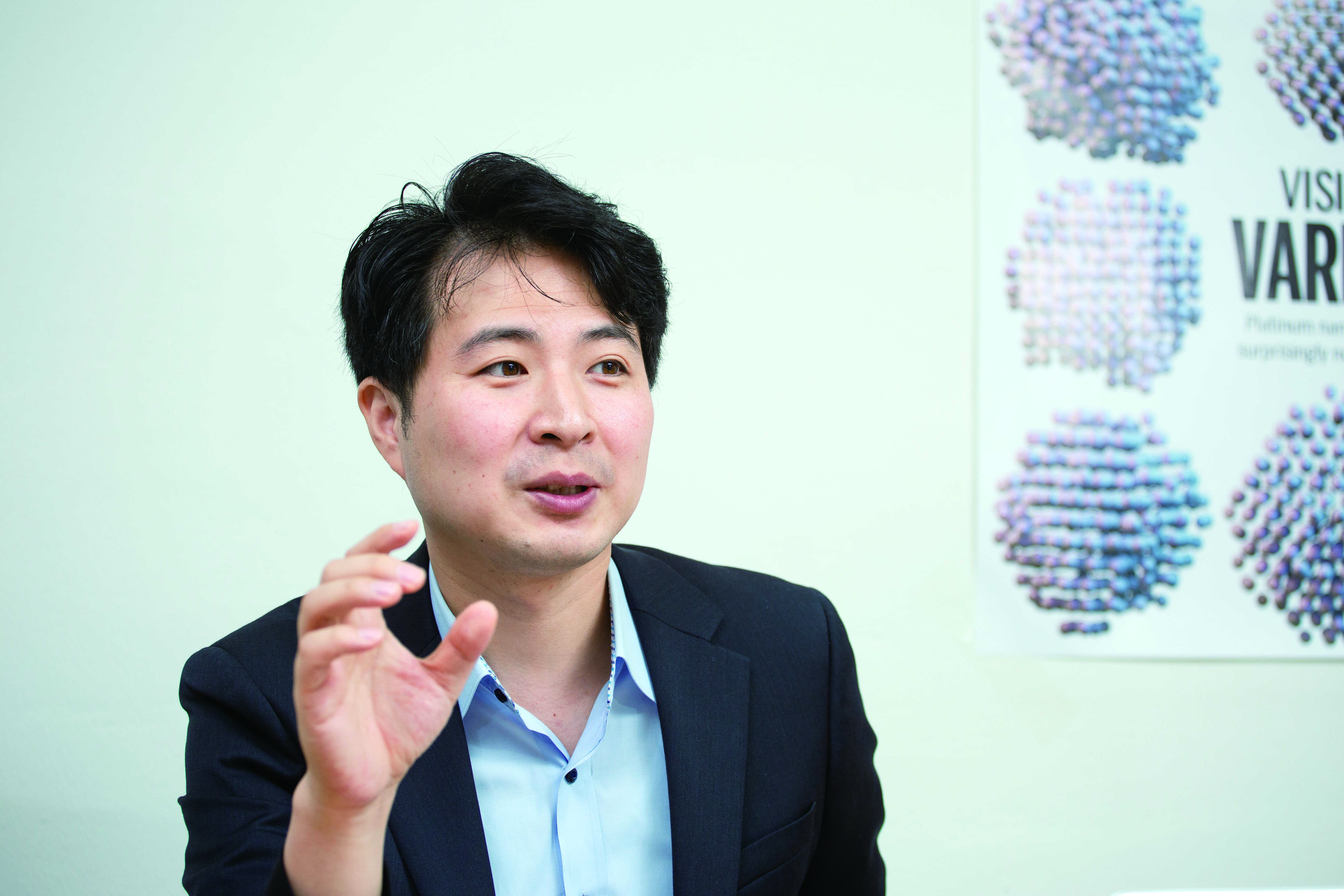
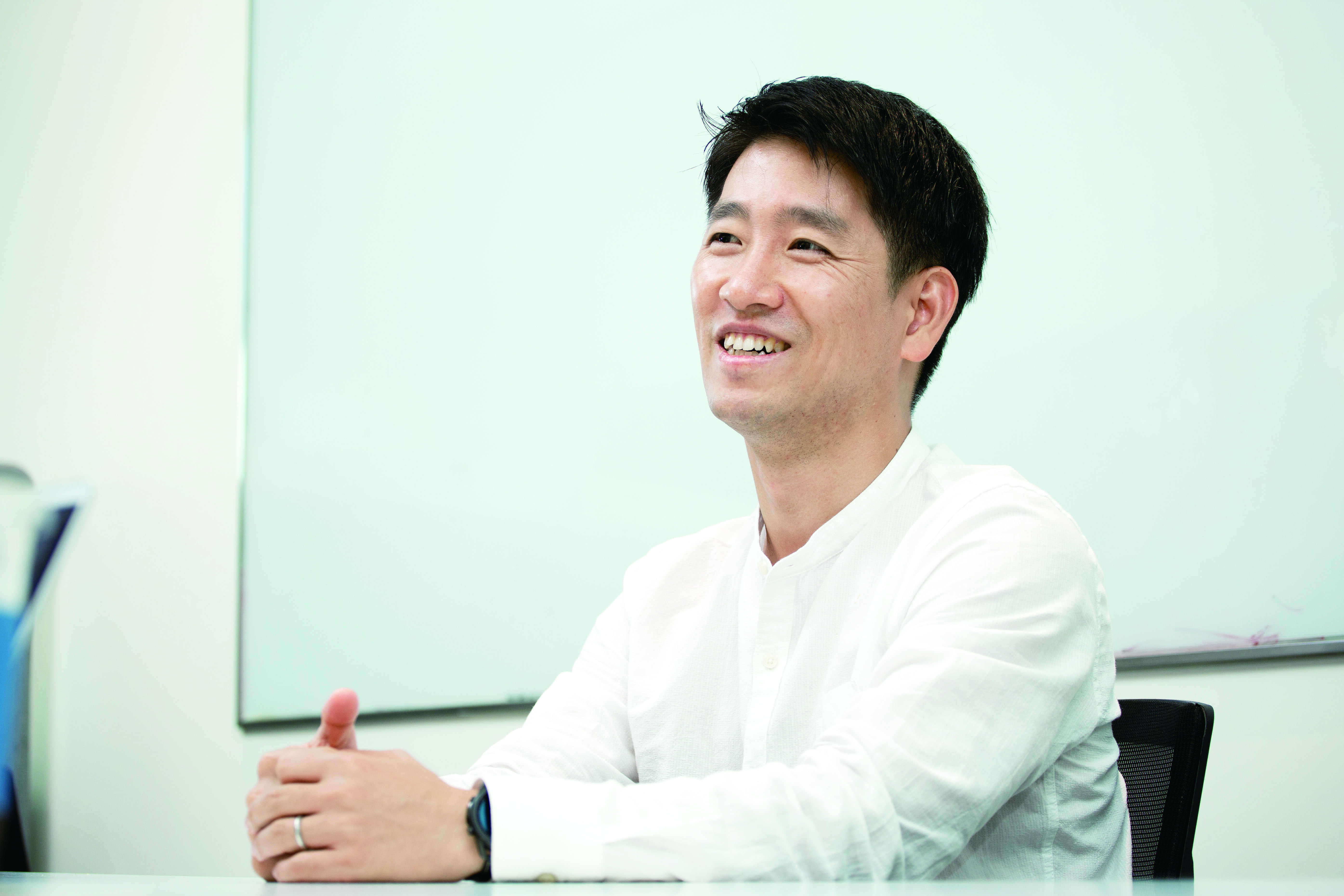
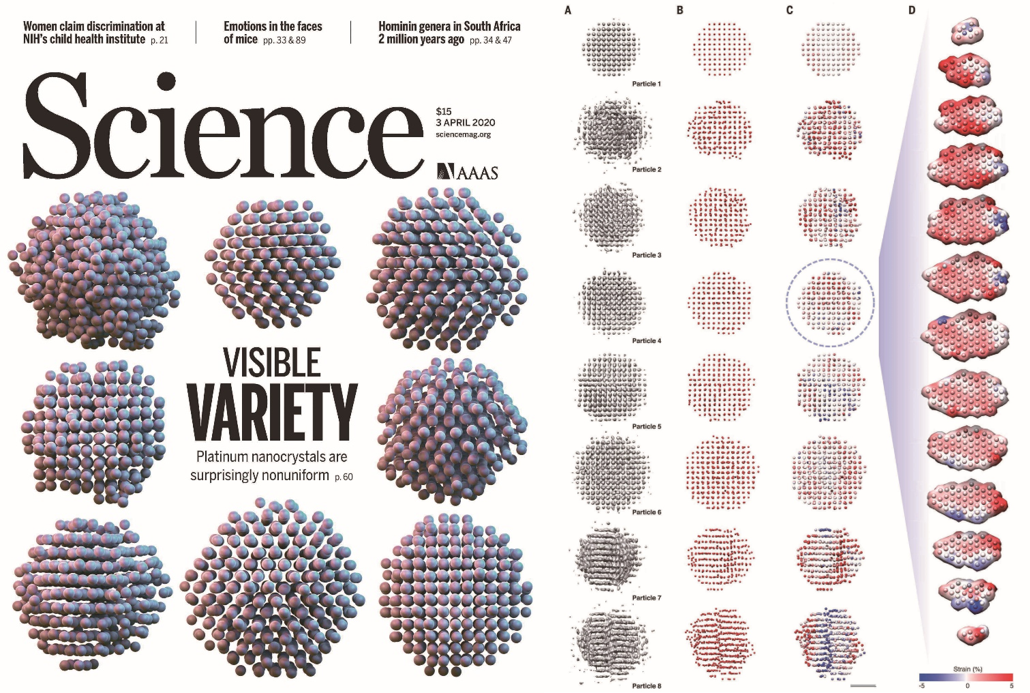
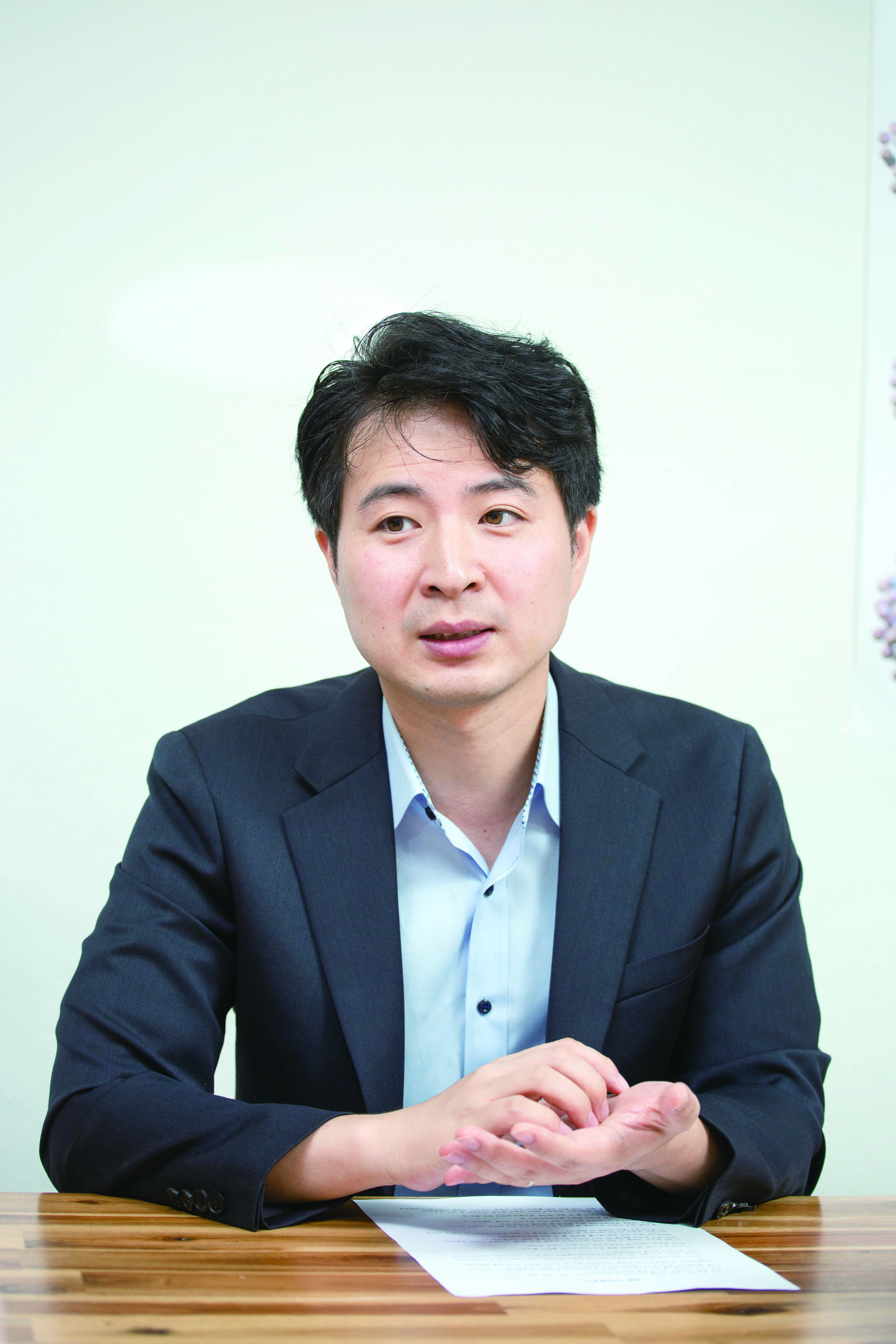 “I don’t want to do research that everyone else is doing. Nevertheless, I want to do research that can help students find employment while being ahead of others.”
“I don’t want to do research that everyone else is doing. Nevertheless, I want to do research that can help students find employment while being ahead of others.”
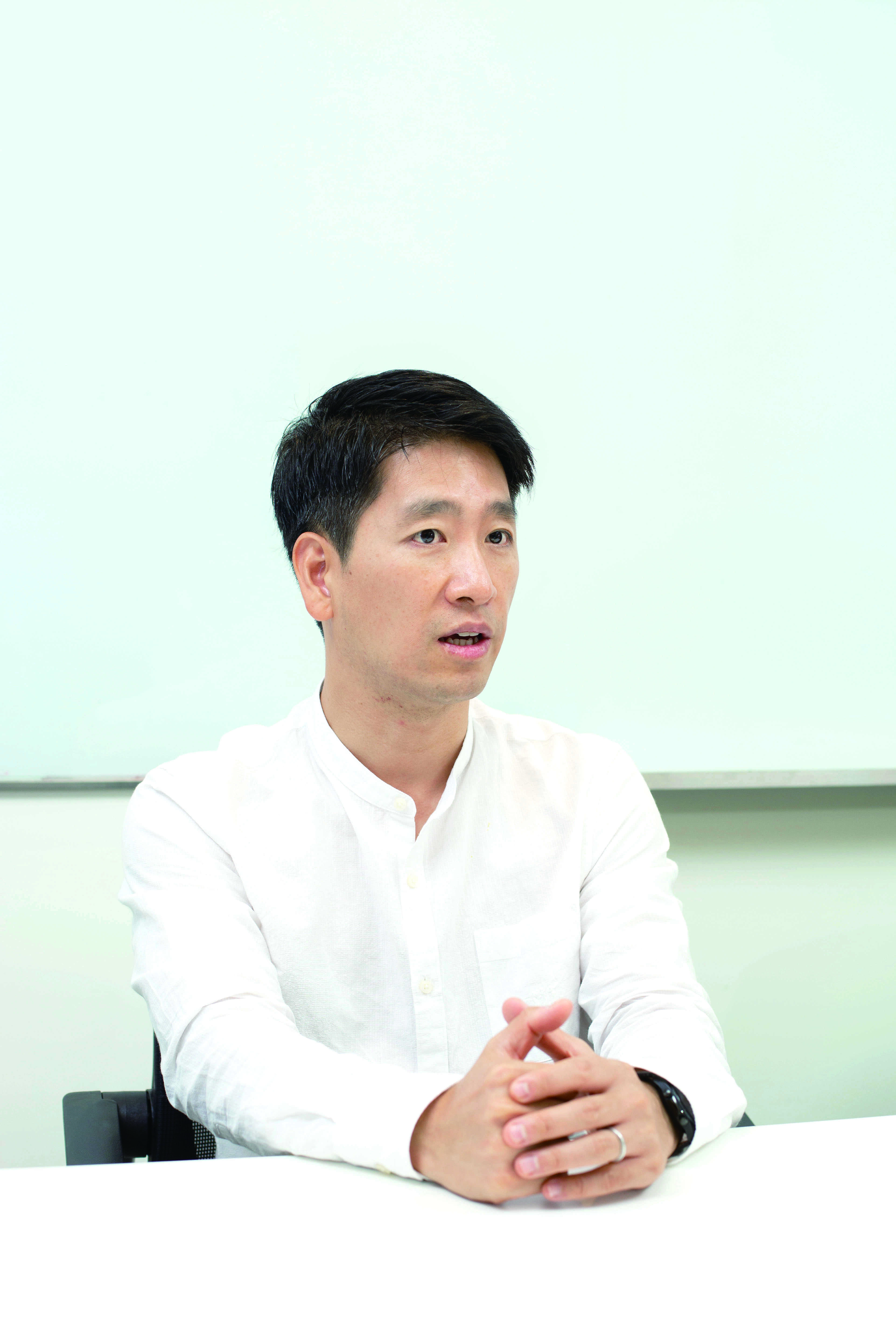 “As a researcher, there are times when you become frustrated with your career path and research results aren’t satisfying. In that case, I encourage you to do your best at the moment rather getting discouraged. As for me, I discovered IBS during those hard times.”
“As a researcher, there are times when you become frustrated with your career path and research results aren’t satisfying. In that case, I encourage you to do your best at the moment rather getting discouraged. As for me, I discovered IBS during those hard times.”